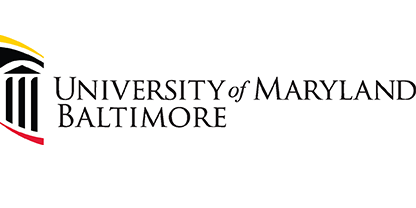The University of Maryland, Baltimore, aimed to overcome the fundamental limitations of current technologies by creating novel technology to detect counterfeit and substandard medicines.
This technology has the potential to enable end users, after minimal training, to conduct detection on every vial right before injection. The end-users include healthcare providers and even patients. This transformation is analogous to how cell phones transformed information recording and propagation; almost everyone can do it because the technology is simple, fast, and affordable.
This novel technology will provide a simple, fast, inexpensive, and non-invasive way to detect counterfeit and substandard vaccines.
Taraban, M., Briggs, K., Karki, P., & Yu.B. (2025). Advancing Pharmaceutical Security: Noninvasive Detection of Falsified Vaccines and Drugs Using wNMR. Pharmaceutical Research https://doi.org/10.1007/s11095-025-03880-w.
Ophir, Y.,Wong, J., Haddad, K., Huuskonen, A., Karmaker, A., Gore V., Jung, S., Oloumi, A., Liu, Y., Fu, J., Zhang, L., Huang, P., Minami, S., Garimella, S., Thyagatur, A., Zaini, P., Vitikainen, M., Tchelet, R., Valbuena, N., Fuerst, T., Korkmaz, E., Falo Jr, L., Balmert, S., Mahendiratta, S., Emalfarb, M., Shah, P., Siegel, J., Danekar, A., Chen, X., Lebrilla, C., Faller, R., Saloheimo, M., McDonald, K., & Nandi, S. (2025) Expression and Characterization of SARS-CoV-2 Spike Protein in Thermothelomyces heterothallica C1. BioRxIV https://doi.org/10.1101/2025.05.01.651343
Yu, Y.B., Briggs, K.T. & Taraban, M.B., (2023) Preventive Pharmacovigilance: timely and precise prevention of adverse events through person-level patient screening and dose-level product surveillance. Pharm Res 40, 2103–2106. https://doi.org/10.1007/s11095-023-03548-3
Login to the NIIMBL member portal to access more, including:
Not yet a member? Learn more about which level of NIIMBL membership is right for you and your organization.

University of Maryland Baltimore